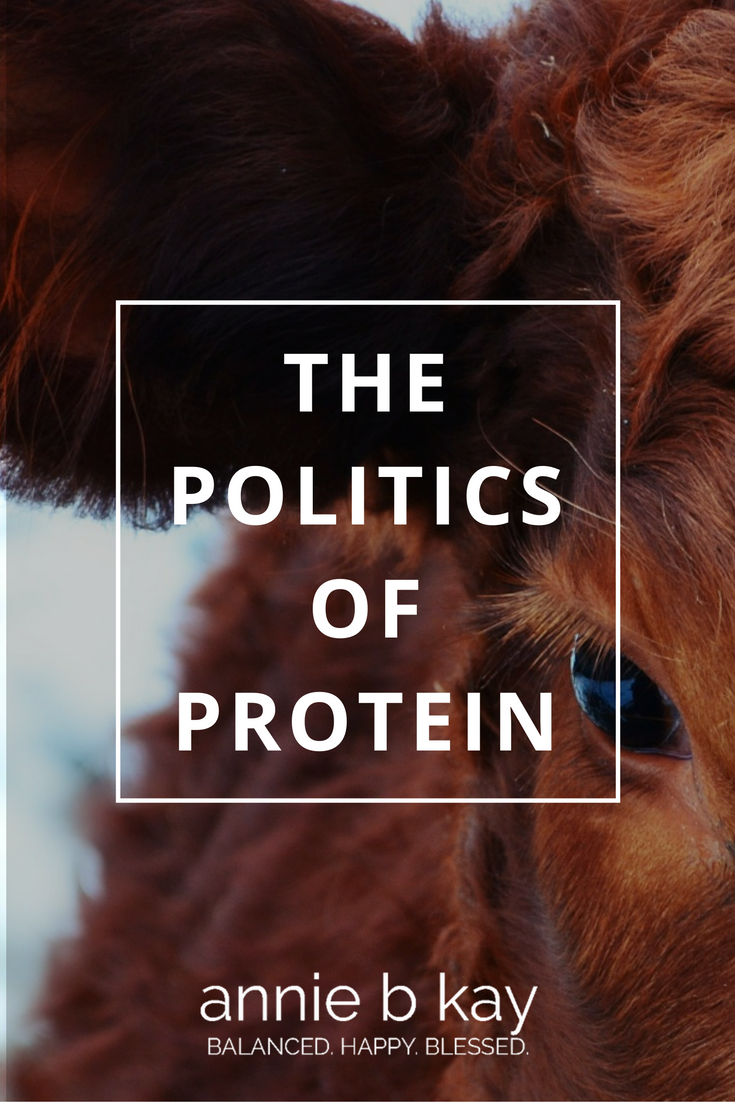
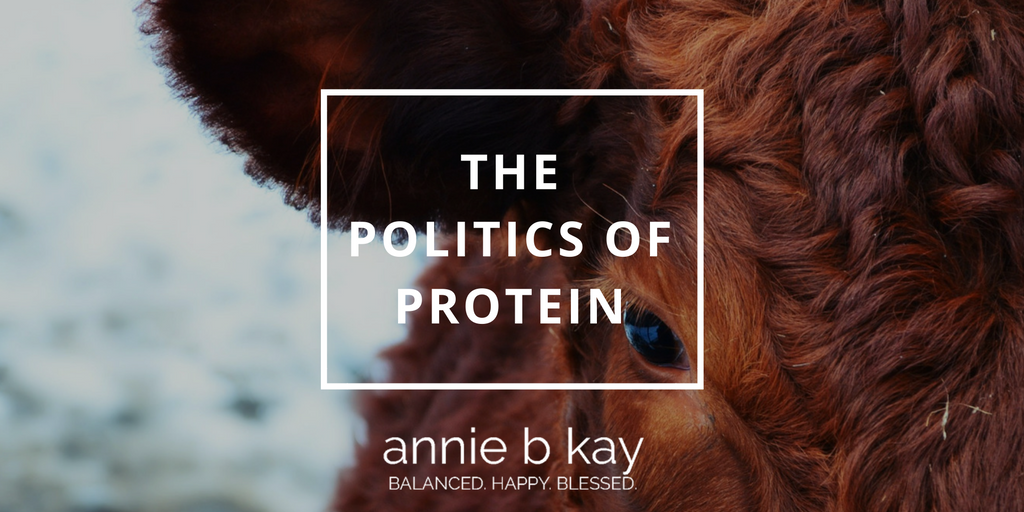
Protein is critical but most Americans overdo it. Animal-rich diets have a larger carbon footprint – not so good for the environment. In a vegan (animal-free) diet, protein is widely available. We humans love us some protein!
How do we eat in balance – healthy for us and also our beautiful planet?
Recently I was teaching with a colleague I love and respect, who mentioned that the latest thinking on protein needs is 30/30/30 (grams per day). I sat up – that’s a lot of protein and has environmental implications, I thought. At that level of intake, it’s difficult if not impossible to get adequate protein from a vegan diet. I wanted to know more. This higher recommendation is nearly twice what the NIH recommends (around 50 grams – a little more for men, a little less for women).
That sparked a months-long investigation for me, that’s not yet finished!
It sent me to pubmed, the NIH’s library of clinical research, to see where the recommendation came from. All I could find were a collection of papers from something called Protein Summit 2.0, and I’m grateful that now clinical research papers need to list funding, because there they were – many of the business interests and advocacy groups whom you’d think would support it. Sure enough, papers from that gathering recommended this higher level, with nods from the egg, beef, pork and dairy industry.
Protein is critical for health throughout the lifespan, and can be a challenge if protein needs are high, as in performance athletes and those healing from injury or disease. However, it has been well established that in a vegan diet, protein is widely available. Vegans do have to be aware of protein, and taking some with each meal and snack is a great guide – think nuts or nut butters, beans, seeds and seed butters, whole grains and most vegetables. Vegan diets with these foods at the center are some of the most healthful on the planet. The planet smiles on vegan diets too, as protein is the macro-nutrient that tends to have the greatest impact on carbon footprint.
For more on the link between protein and the environment, look at this set of graphics from the World Resources Institute, and the Environmental Working Group’s Meat Eater’s Guide.
Recently a smart RDN (Registered Dietitian Nutritionist) gave me the name of a researcher she respects who has been publishing studies on this higher level of protein. I have yet to investigate, but will (and will pass my take along).
What’s an eater to do? Here are my thoughts.
- No matter what your choice – vegan, flexitarian (an eater of a whole-foods plant-based diet with a little fish, eggs and dairy), or other – have some protein – mostly plant protein – with each meal and snack.
- If eating animals helps you nutritionally, please don’t feel bad about it. Honor the life that has been given. It is the cycle of nature and life and ultimately, nearly everyone gets eaten in the end.
- Honor the fact that protein is richly sustaining, and takes more resources to create – so, resist the temptation to overdo it. It is human nature to overdo it. Protein powders likely have the greatest carbon footprint of all – could you do it with an egg or seed powder? Focus on eating the CDC-recommended 9-13 servings of plants daily. Can you have a bit more of your protein from plants without suffering nutritionally?
What about me? I am a flexitarian – I eat about 1 serving of animal per day, in the form of mostly eggs, but occasionally fish or meat. I put whole grass-fed milk in my morning coffee, and enjoy a bit of ghee (clarified butter) from grass-fed cows. I mostly hit the recommended number of plants, but left to my own devices my taste would be pure starch! So, when life is full I have to remind myself to eat plants, and do on occasion retrace my day and find myself swimming in toast, and potatoes. Then it’s time to begin again, dust myself off and chop up some – hale kale!
Here are a couple of my plant-protein-rich recipes:
I’m big on soups!
What about you – how do you honor protein and meet your needs?
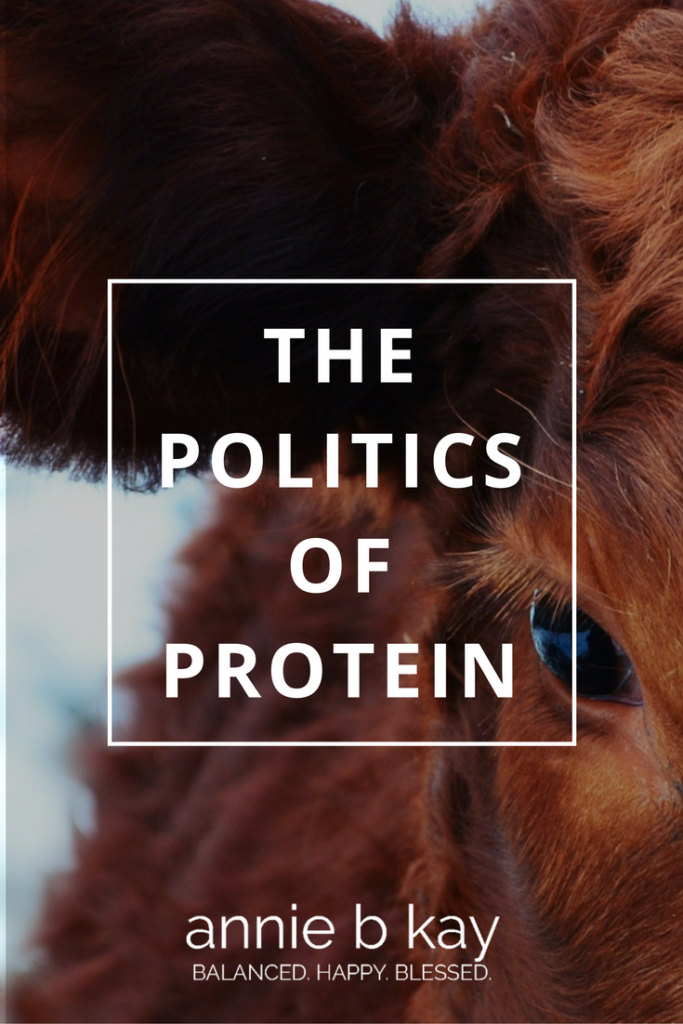
Pinterest
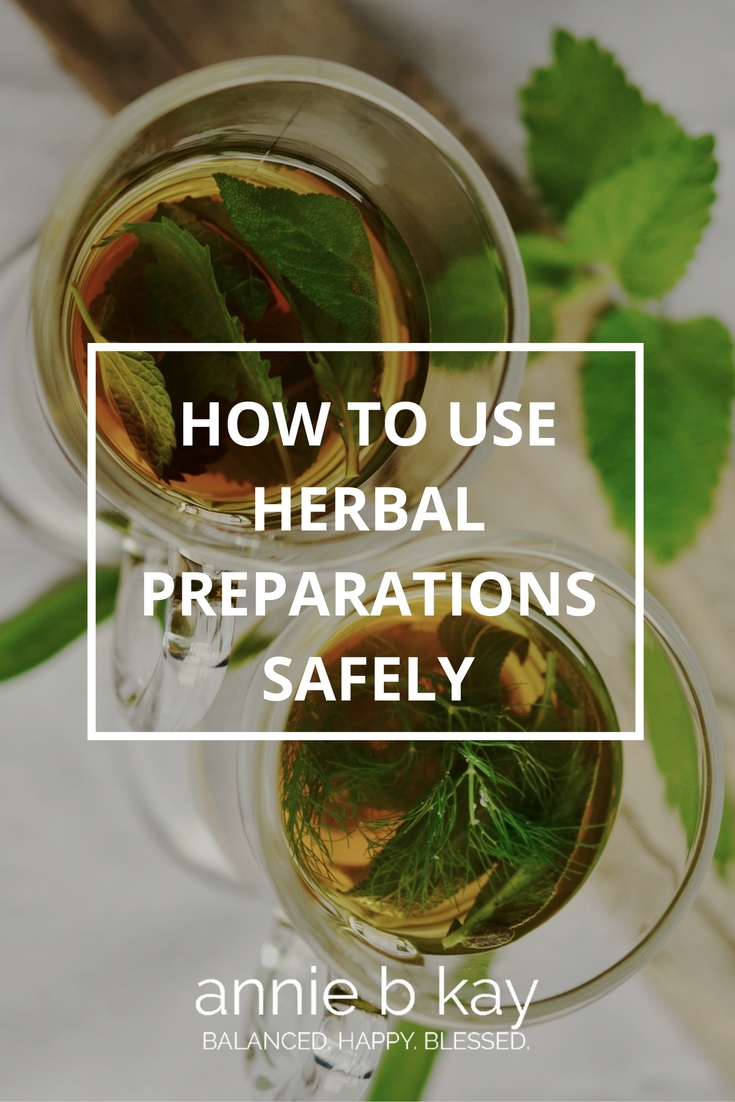
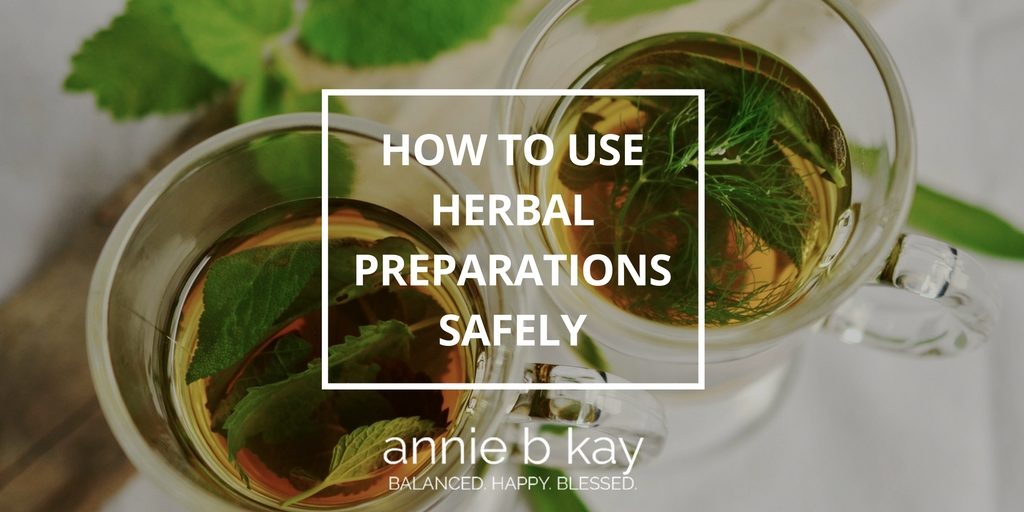
This month in the newsletter I wrote about putting summer’s bounty by for colder months, and I also wrote a brief piece on how to use herbal preparations safely. Herbs, herbal tinctures, flower essences and other botanicals can be wonderful allies for healing, but like any medicinal substance, different preparations are of varying quality and composition and can cause unexpected side effects. Here are a few thoughts, and suggestions for staying safe as you explore.
The Wise Herbalist: please be safe
After last month’s newsletter on making flower essences, I had a thoughtful exchange with a reader concerned about the toxicity of buttercup. Flower essences don’t contain any of the plant matter (they operate like homeopathy), so not to worry. But, since I have been writing more about the use of herbs and interest is certainly growing, I thought I’d give you a little overview of herbal preparations and how they operate so as to keep you nice & safe as you venture into this newly revived mode of healing.
You can think of herbal healing as ranging from gross physical (food, pharmaceuticals and infusions like teas operate on this level) to more subtle mind-body like tinctures, where plant matter is placed in alcohol for a number of weeks, and plant oils, where plant matter is placed into an oil for a number of weeks and the oil then carries some plant matter. Then there are those that operate on the subtle energetic level (homeopathic preparations and flower essences, for example).
For preparations that work on the physical level, it’s important that you stick with things that are edible and medicinal. So, in the case of buttercup, you don’t want to make an infusion tea with it nor eat it, because it is not edible – it contains compounds that can be toxic. Same with tinctures – stick with medicinal and culinary herbs for these. Flower essences don’t contain actual plant matter – they are energetic preparations – you can make an essence out of any plant and you won’t have a toxicity reaction to it unless you have a reaction to the carrier (often brandy, but you can also use vinegar).
Now, let’s talk about essential oils. These are wonderful but very condensed and strong extractions of the oils of plants. I have an essential oil diffuser in my office with a stress ease mixture and it works like a charm. Essential oils can damage your skin if you apply them directly and many people are sensitive. They can also react with your skin when exposed to the sun – I’ve had an instance of this and it wasn’t pretty!
I’ve been giving herb walks at Kripalu and interest in wild edibles and herbs is really growing. If you have an interest in wild edibles, take your time and stick to things like dandelion, plantain and garlic mustard that are common and safe, then slowly and safely expand your knowledge from there. Like anything, there are things to be aware of, but if you approach nature with respect and curiosity (and a few of the many good references), it will be a wonderful exploration.
Enjoy the season in fun and deliciousness,
Annie
Annie B. Kay MS, RDN, E-RYT500
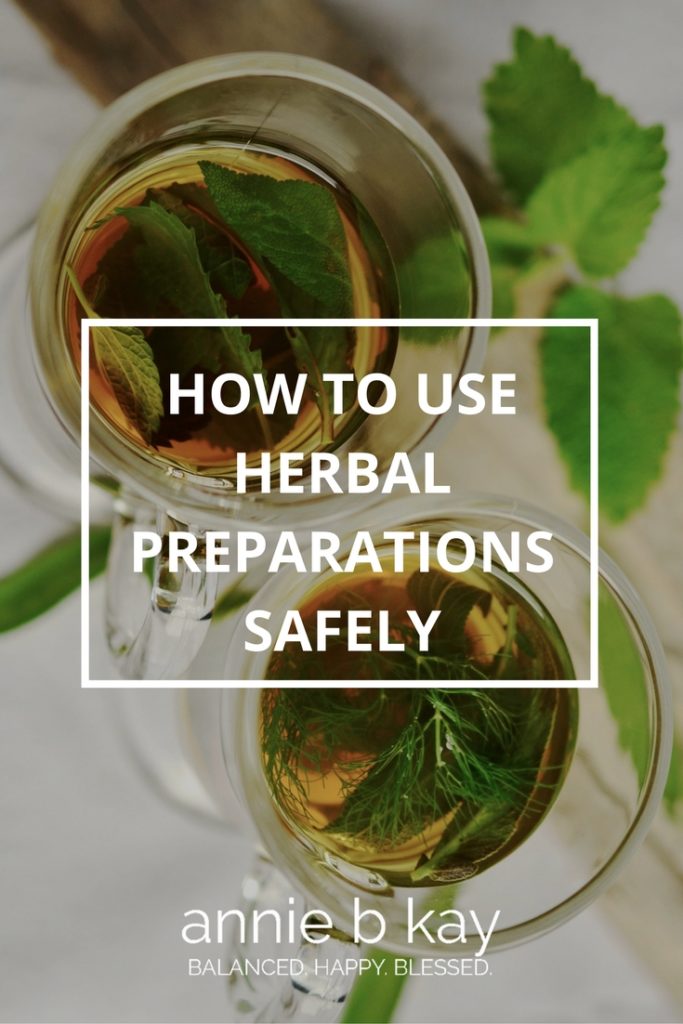
Pinterest
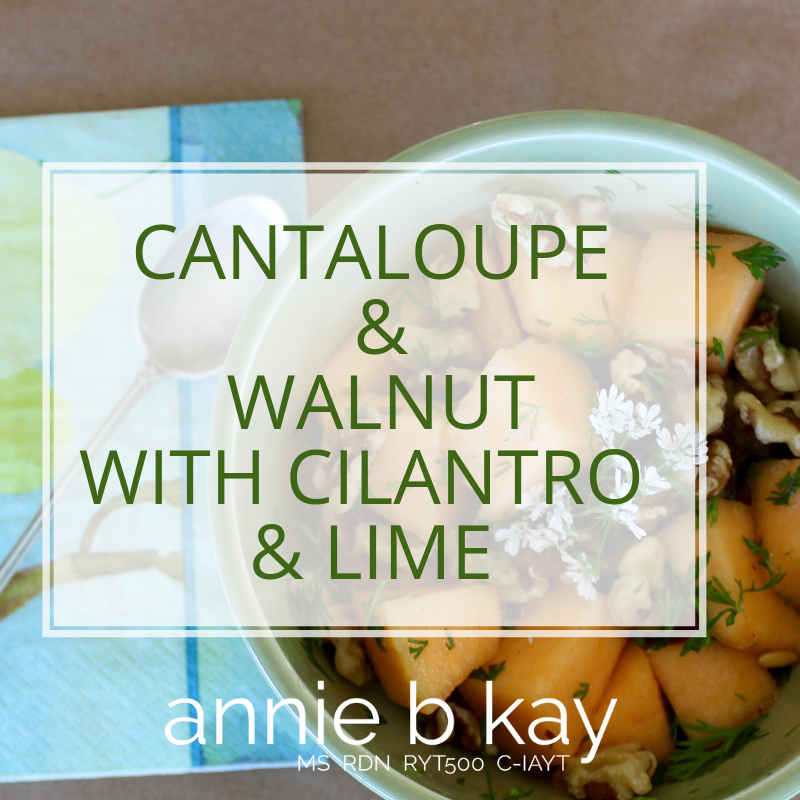
Here is a simple recipe for a healthy summer breakfast. A quick and balanced breakfast for one.
My excellently smart and organized VA Kate Tilton likes simple recipes. She’d prefer three ingredients, but Kate, this one’s for you and I hope you like it. Four ingredients, ten minutes (with plenty of cut-up cantaloupe to spare), a lovely balance of protein, healthful fat and fruit fiber, and the acid from the lime enhances the absorption of the antioxidants (like vitamin C) to boot.
When choosing a ripe cantaloupe (aka musk) melon at the grocery, find one that smells fresh and oh so slightly gives to the firm touch – you can smell and touch at the stem-end. If the stem area is mushy it may be over-ripe. The outside should be a rosy dusky tan, and a bit of green may mean best if you let it ripen on the counter a couple days before using (which is how I use musk and honeydew melons – let them rest for a bit). If the skin has indentations in it, you are fine until you see dark moldy spots which eventually reach into the meat, then you’ve let it hang around too long or chosen an older specimen than you intended. Fresh cantaloupe will keep in the fridge for 3 or 4 days once you slice it. Cantaloupe is a great source of vitamins A and C. More on recent studies and details of cantaloupe nutrition.
Cantaloupe Walnut and Cilantro with Lime Recipe
Ingredients
- 1 cup ripe cantaloupe, sliced and cut into pieces
- 1/2 cup raw walnuts
- 1/4 cup fresh cilantro
- Juice of 1/2 lime
Directions
Place the cut cantaloupe in a serving bowl, add the nuts and cilantro and give a toss with your clean hands or a spoon. Squeeze fresh lime juice over, toss and eat.
The flower topping this breakfast is actually a cilantro flower from my garden. Just the gifts of the garden available at the moment!
Enjoy the day, enjoy the season.
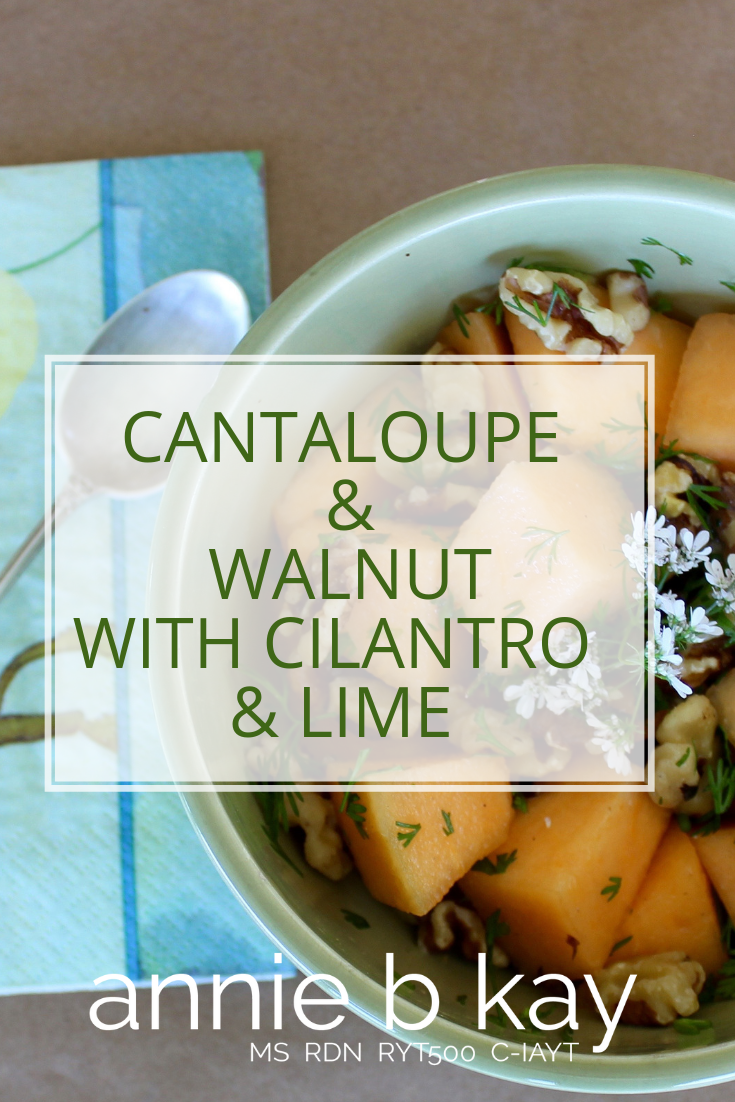
Pinterest
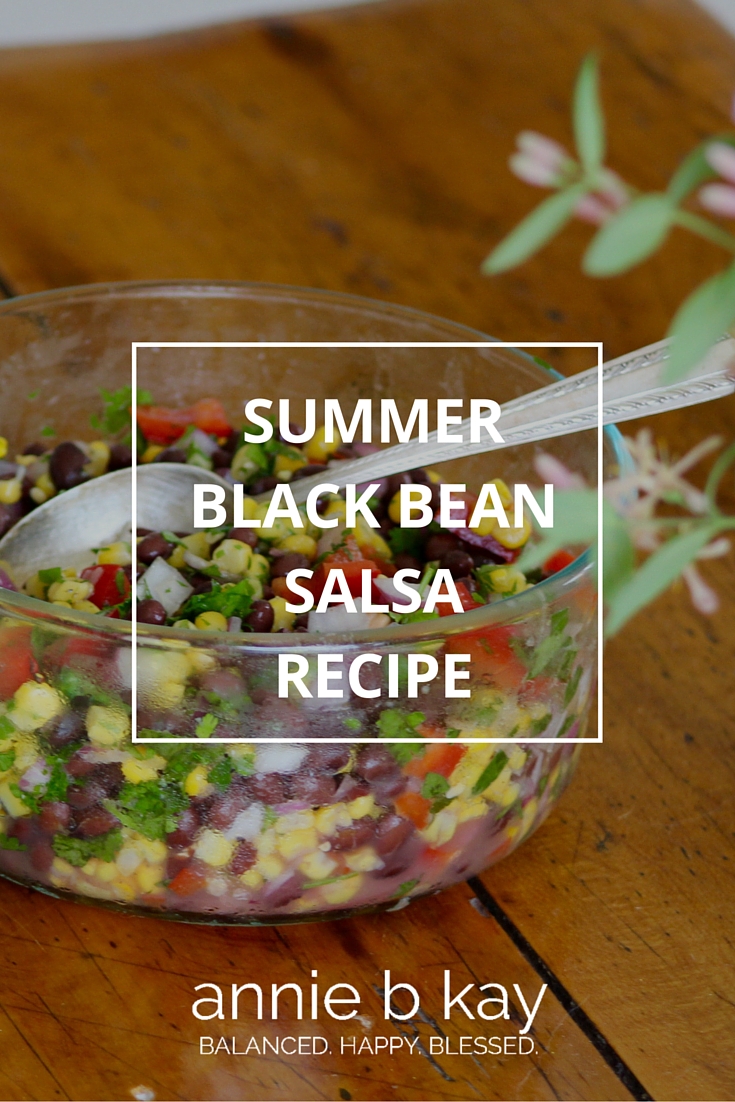
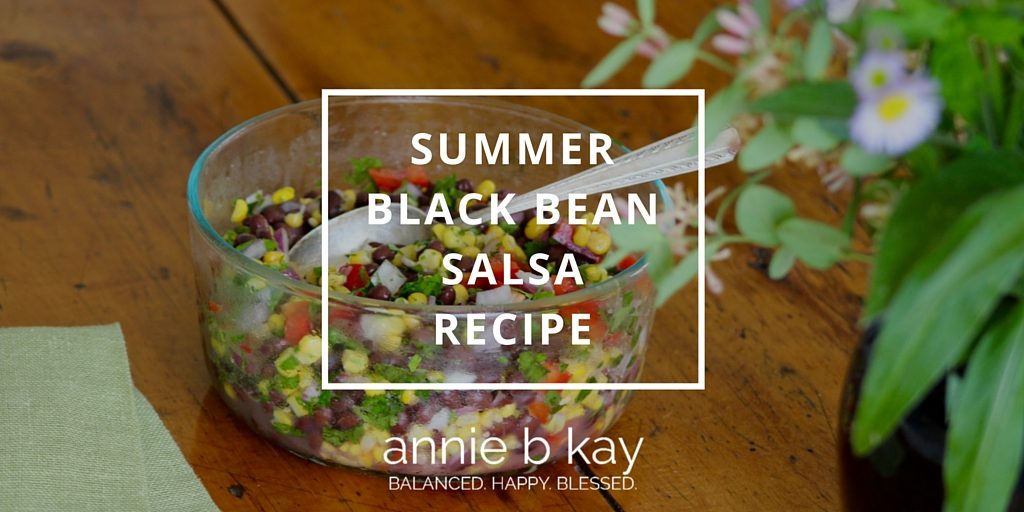
Summertime!
While we may be having a little taste of what I call winter-summer (it has been freaking freezing this week…I remember we had a summer-winter in the Shire last year), I trust that warm weather is on the way. This is one of my favorite recipes – light, tasty, spicy and perfect for the season. I serve it as a side or main dish, with my current passion – sprouted corn tortillas warmed with a bit of cheese between, quesadilla style.
Summer Black Bean Salsa Recipe
Ingredients
- 1 can (16 oz) black beans (I used Eden brand)
- 1 cup frozen corn
- Juice of 2 limes
- Two or three slices of red onion, chopped, makes about 1/4 cup
- 1/4 red pepper, chopped
- 1/2 cup fresh cilantro
- 1/2 tsp tobasco sauce
- 1/3 cup cold-pressed EVOO
- Plenty of salt and pepper (to taste)
Directions
Could not be easier. Toss and enjoy (this is a recipe that while delicious, can be better the second day due to marinating).
Enjoy!
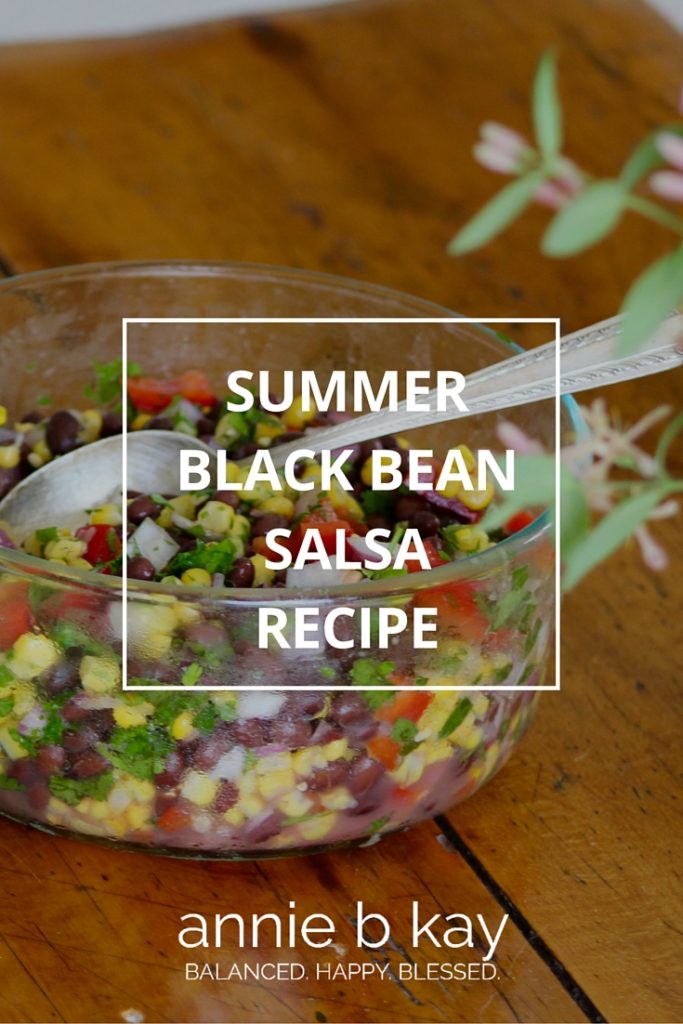
Pinterest
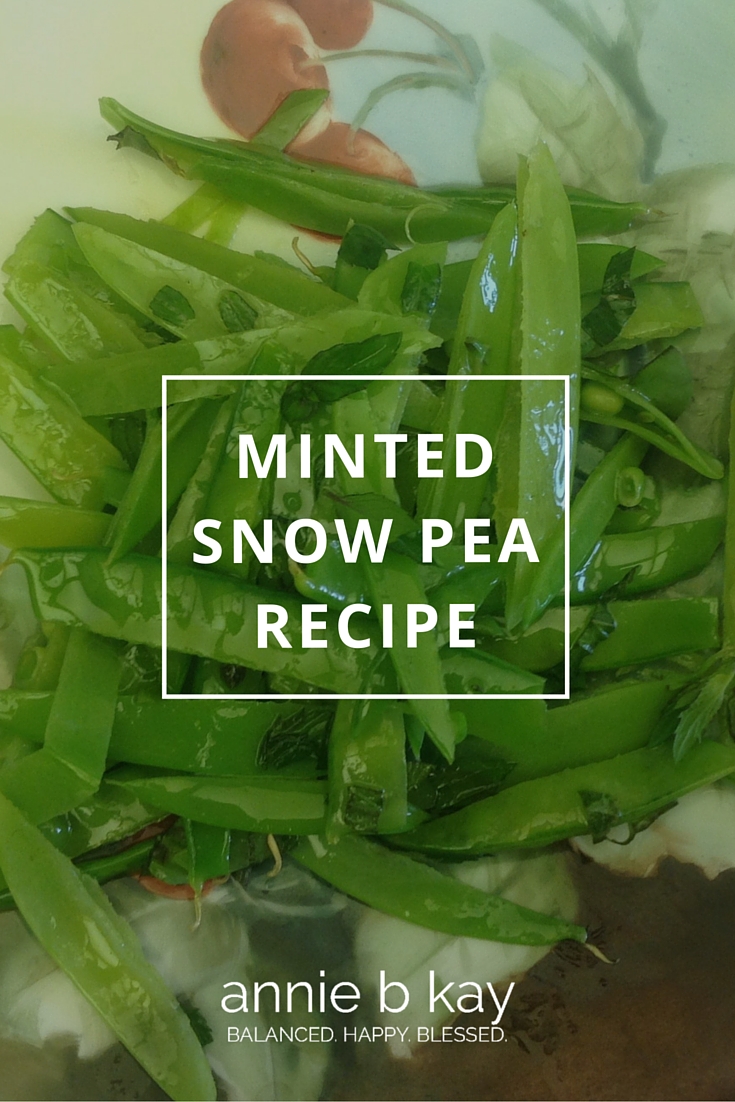
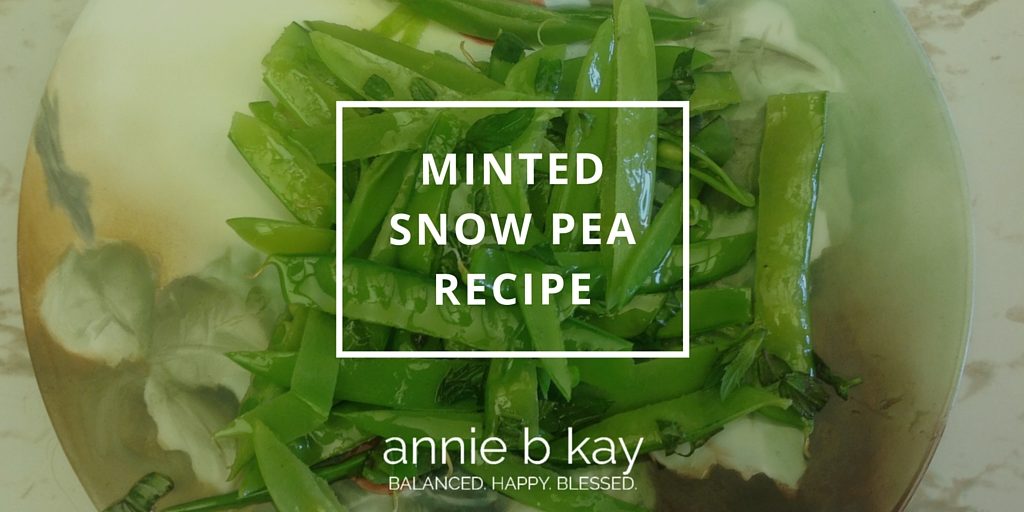
Food fresh from the garden doesn’t need much help to taste great and nourish you deeply. Our fresh peas often don’t make it into the kitchen because we snack away right in the garden. Here’s a simple recipe for snow peas with mint.
Minted Snow Pea Recipe
Ingredients
- Snow peas or fresh spring peas – about 2 cups, cleaned
- Fresh mint, cleaned and chopped
- High-quality olive oil (like CA organic cold-pressed)
- Squeeze of fresh lemon
- Salt and pepper to taste.
 Directions
Directions
- Grow peas! Or, locate fresh snow or sweet peas at a farmer’s market or grocery. They are an easy grow, and I love that they are best planted just as soon as the earth is thawed enough to work. So, either pick your own or you can get them at a farmer’s market or grocery (…growing your own is cheaper though more time-intensive, but the benefits are manyfold).
- Place a medium skillet over medium-high heat, add olive oil and peas, sauté 2-3 minutes.
- Add chopped mint & a squeeze of fresh lemon. Saute another minute.
- Dress with salt and pepper and enjoy.
Tip: the key is not to overcook the peas…literally sauté for just a minute or two to keep that lovely sweetness and crispness. Enjoy!
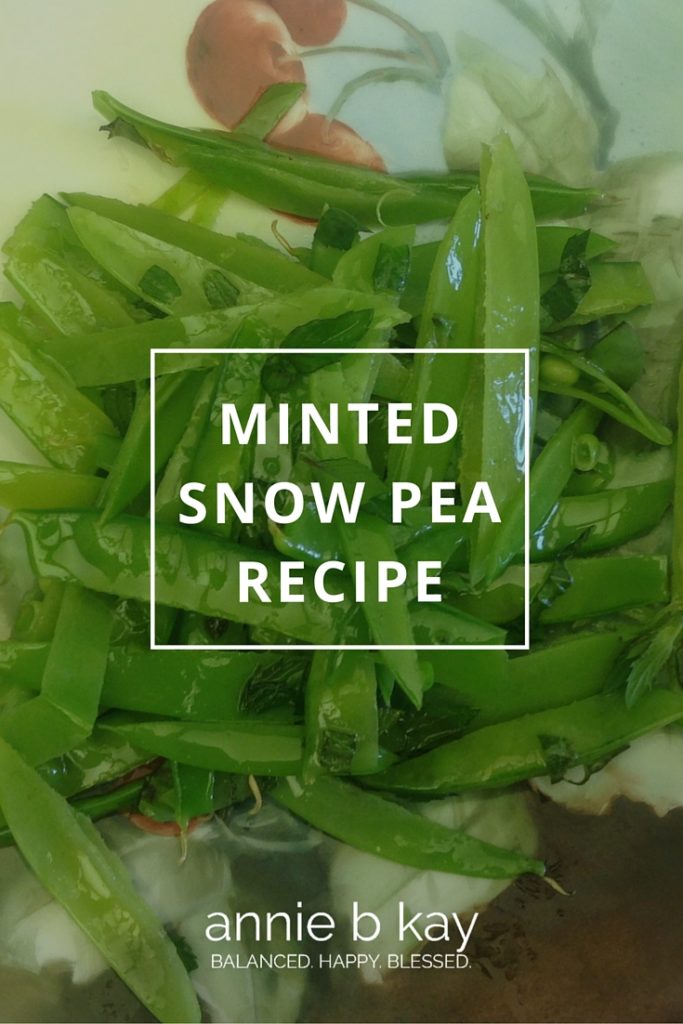
Pinterest
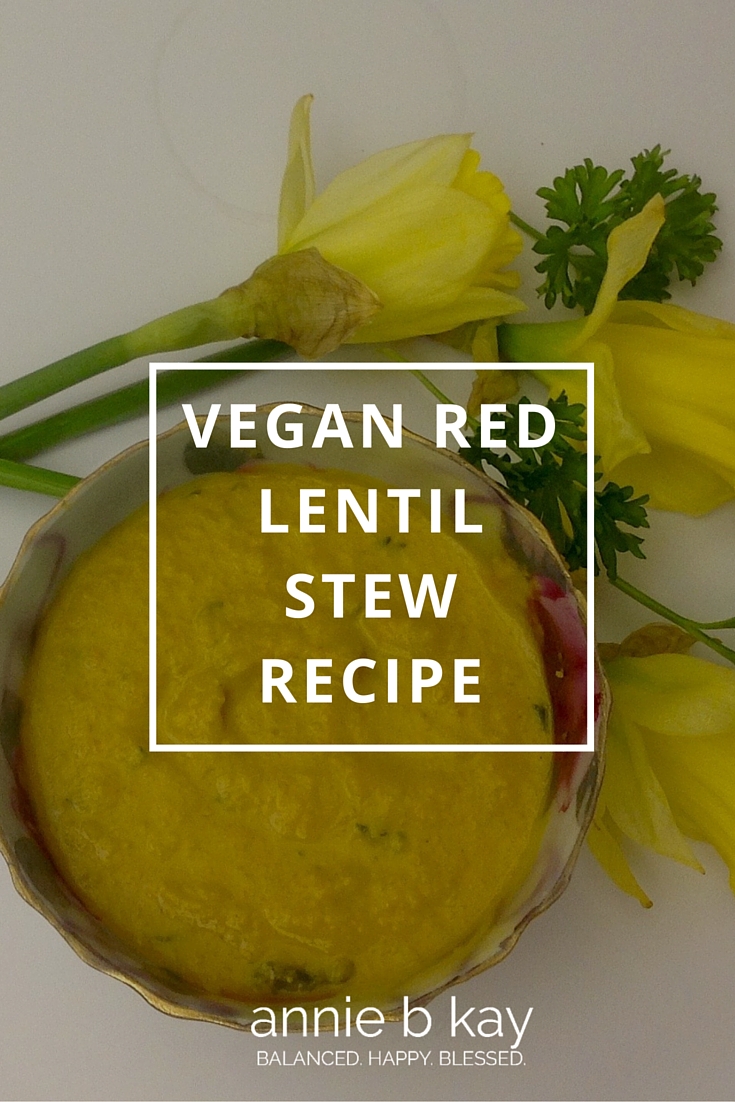
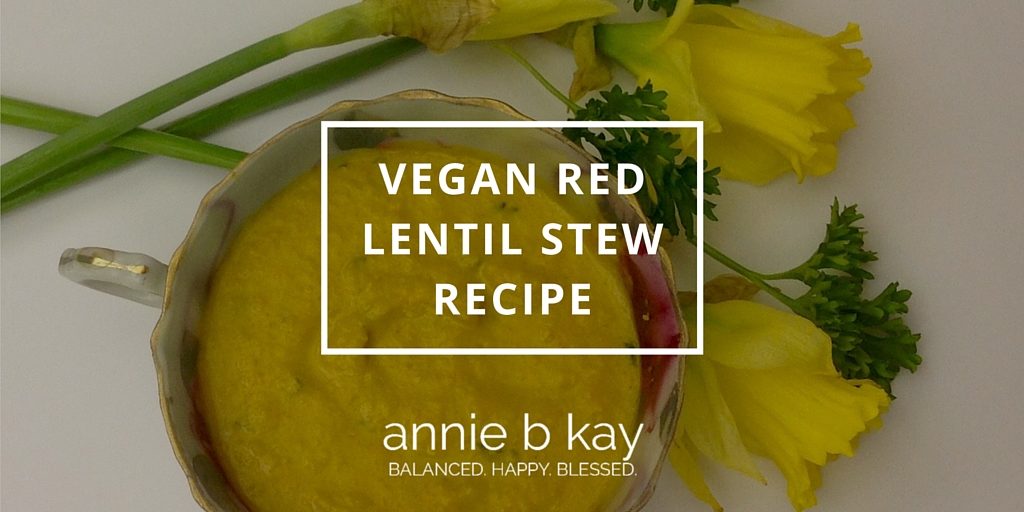
Here’s a nice thick nutrient-packed vegan red lentil stew or soup for a warm winter infusion of tasty goodness. Coconut and tahini make this rich & satisfying.
Vegan Red Lentil Stew Recipe
Ingredients
- 1 large yellow onion, chopped
- 5-6 medium carrots, cleaned and chopped
- Small bunch organic celery, chopped
- 1 c dry red lentils
- 2.5 c water
- 1/4 c turmeric
- 2 Tbsp olive oil
- 2 Tbsp coconut manna
- 3-4 thumbs-sized piece of fresh ginger, cleaned and chopped
- 1 large clove garlic, chopped
- 3 Tbsp tahini
- 1/2 c fresh parsley, chopped
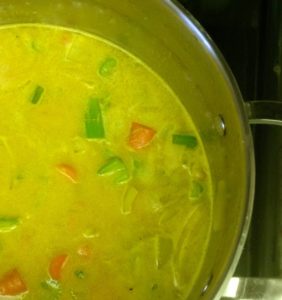
Directions
Toss onions, carrot and celery into a large stock pot, add olive oil and sauté until vegetables are soft and there’s a smidgen of browning. Add remaining ingredients except parsley, and simmer on low for 40 minutes, stirring occasionally. Stir in parsley and enjoy.
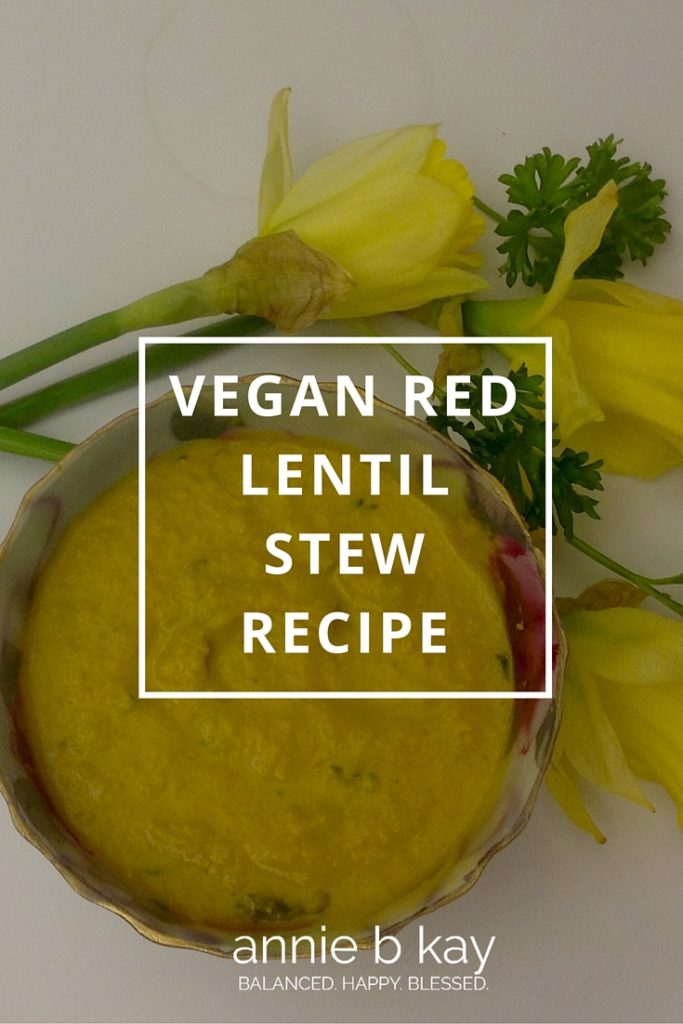
Pinterest














 Directions
Directions





